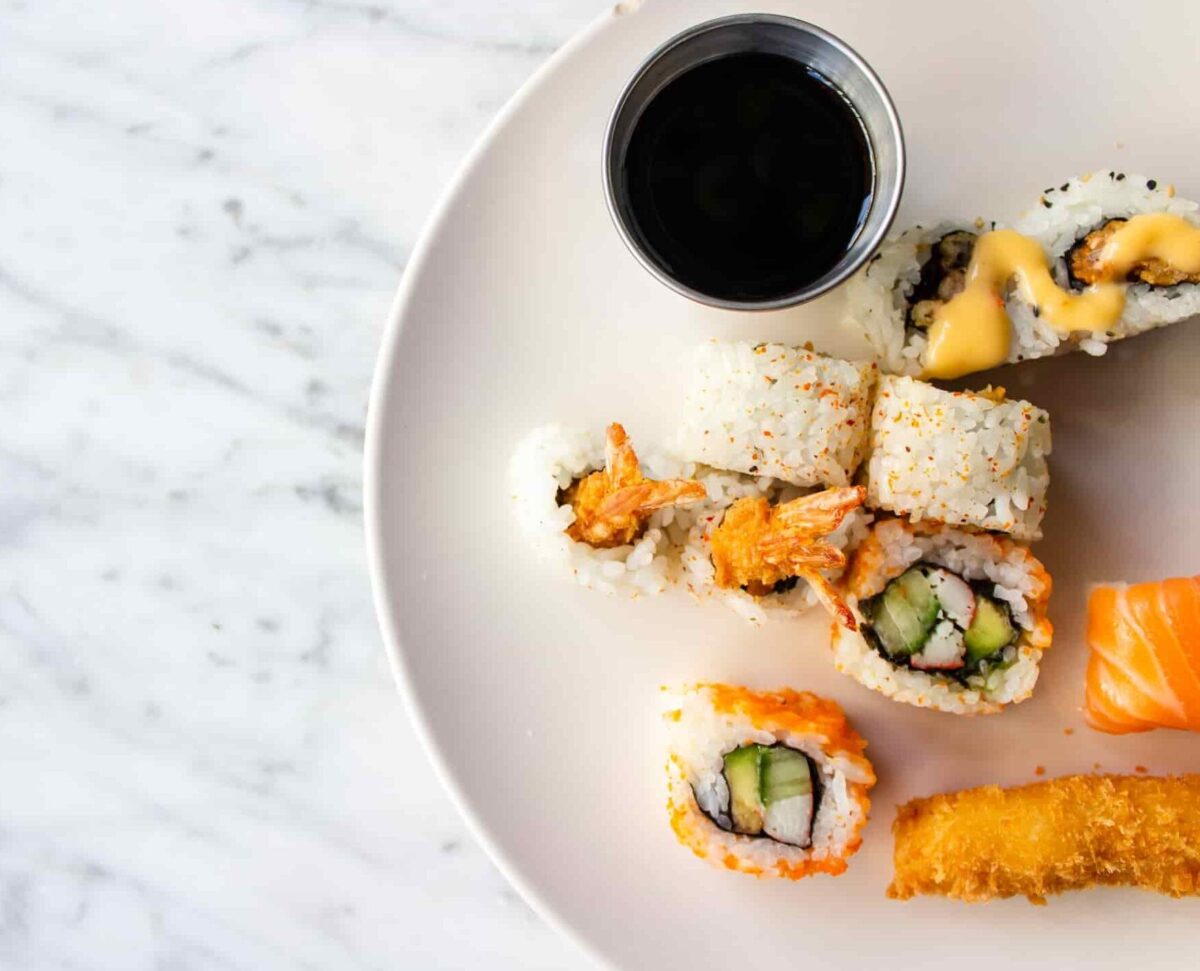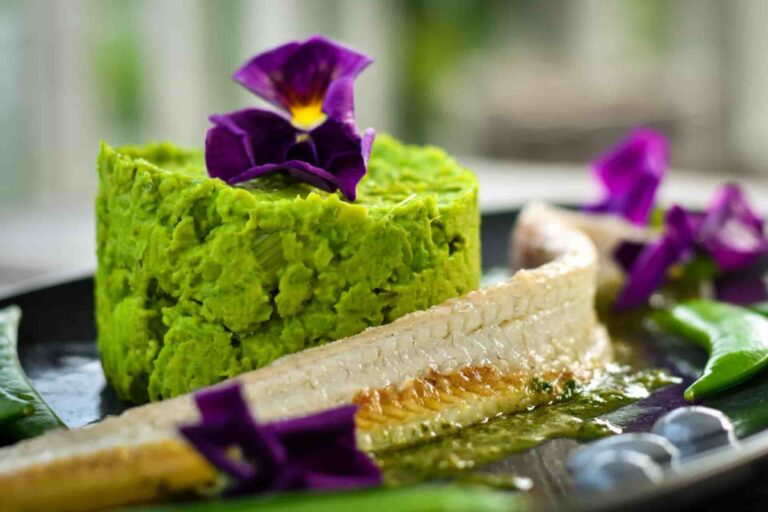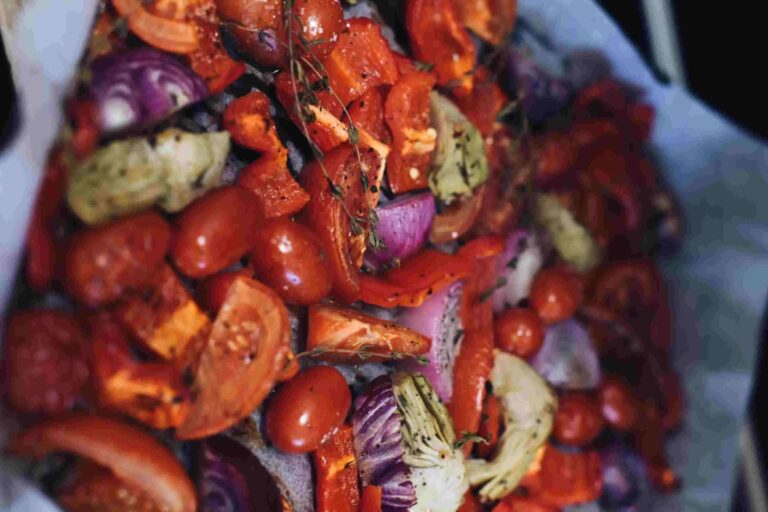Soy sauce 101- kitchen insights and benefits
Did you know that there are a number of different kinds of soy sauce, ranging from light to dark and thick to thin?
- The origin of the East Asian liquid condiment known as soy sauce may be traced back to China. It is said to be one of the oldest condiments in the world and has been used in China for more than three thousand years. Soy sauce is traditionally made by fermenting a combination that consists of soybeans, toasted grain, salt water, and either the Aspergillus oryzae or the Aspergillus sojae mould.
- Both the conventional process, which involves brewing the soy sauce, and a non-brewing approach are used to make soy sauce in modern times. The traditional process of brewing may take many years to complete. First, the soy beans are washed, steeped, and steamed. Next, they are combined with a yeast culture and wheat flour before being fermented for up to two years. Finally, the liquid is filtered and bottled. In many ways, soy sauce is comparable to wine. The longer it is allowed to mature, the more fascinating and nuanced the flavour becomes.
- The soybean, which is the primary component of the sauce, can be traced back to East Asia. However, it is currently extensively produced and eaten in countries all over the world. Evidence suggests that soybeans were first domesticated in China between the years 7000 and 6600 BC, between the years 5000 and 3000 BC in Japan, and in Korea around the year 1000 BC.

Soy sauce’s nutrition values and health benefits
- Because of the relatively low quantities in which it is often eaten, soy sauce is not a particularly rich source of either vitamins or minerals. Sodium is the only micronutrient of any significance. Contains extremely little fat, with just 0.1g provided in each serving, and only a trace amount of protein, with around 1.3g included in each serving size of one tablespoon.
- There is no information available about either the glycemic index or the glycemic load of soy sauce. However, since the serving size is often rather tiny and because it includes a modest amount of carbs, it is possible that the effect on blood sugar may be negligible at best. It is generally accepted that foods made with soy have a glycemic index that is on the lower end of the scale.
- Consuming relatively modest amounts of some foods, such as soy sauce, is not very likely to result in significant improvements to one’s health. Because soy contains isoflavones, a phytoestrogen that is related to the hormone estrogenic, including soy in your diet with foods such as tofu or soybeans may have advantages. Soybeans also contain isoflavones.
- Isoflavones may be found in soy sauce, and there is some speculation that the soaking and fermentation processes that are used to manufacture soy sauce may increase the bioavailability of the isoflavones included in the soy sauce. However, it is quite unlikely that you will eat enough soy sauce to reap the benefits described above, and even if you do, any possible advantages must be weighed against the risks associated with ingesting an excessive amount of salt.
- There is also some evidence, although very little, that consuming soy sauce may have some beneficial effects on antioxidant levels. However, there are gaps and contradictions in the study. There are other kinds of foods, such as fruits and vegetables, that are expected to deliver more significant health advantages from their antioxidant content.
- An allergy to soy is rather prevalent, particularly among youngsters. Soy allergies may manifest in individuals who also have sensitivities to wheat, beans (legumes), milk, or any number of other foods. The symptoms of a soy allergy may vary from being relatively moderate, such as hives or itching in and around the mouth, to being quite severe, such as anaphylaxis, which can pose a serious risk to one’s life. For those who are sensitive to soy, soy sauce is a common allergen that they should avoid because it might cause an allergic reaction.
- For some individuals, soy sauce use should be approached with caution. Because many brands of soy sauce are manufactured with wheat and include gluten, those who have celiac disease or a sensitivity to gluten for other reasons should exercise caution when selecting a brand of soy sauce. However, there are certain companies that create tamari soy sauce that does not include any wheat in the production process.
- Those who are trying to limit how much salt they take in should exercise caution when it comes to ingesting soy sauce. There are brands that have more than 900 milligrams of salt per serving. According to medical experts, an adult should only consume 2,300 milligrams of salt daily. They recommend a daily intake of 1,500 milligrams or less as the recommended limit, particularly for those who have hypertension.
- Last but not least, soy sauce contains monosodium glutamate, often known as MSG. Glutamic acid is an amino acid, and the sodium salt of glutamic acid is known as monosodium glutamate (MSG). There is a naturally occurring amount of glutamic acid in some foods, such as soy sauce. Although MSG is “generally recognised as safe” according to the experts, there have been instances of people experiencing symptoms such as headaches and nausea after consuming meals that included MSG.
100g of soy sauce has 53 calories (221 kJ), 8 g of protein, 0.4 g of fat, and 4.9 g of carbs, including 0.8g of fiber.
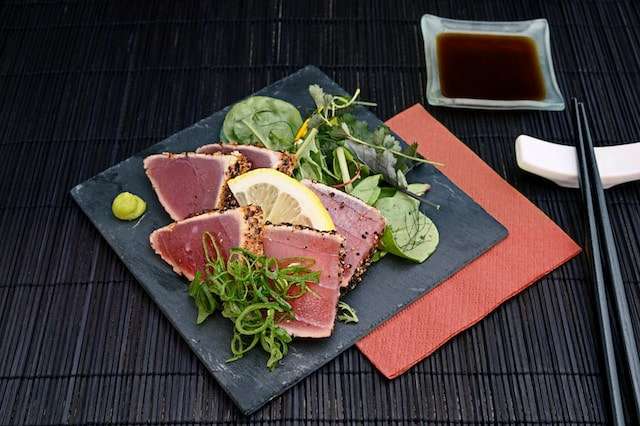
How to store soy sauce and how to buy them
- Even though it is difficult for soy sauce to go bad, its quality does not remain the same indefinitely. After the printed expiration date has been reached, an unopened bottle will continue to maintain its quality for an additional year or two; however, once the bottle has been opened, the quality of the condiment will only be at its peak for about one month if it is stored at room temperature and for approximately six months if it is stored in the refrigerator. Naturally, after that time period, your soy sauce will still be absolutely acceptable to use; the flavour will just be a little less robust than it was before.
- Even though chilling soy sauce is not required, doing so is recommended due to the many health benefits it offers. Once a bottle of soy sauce has been opened, it will keep its highest quality for at least a few months if it is stored in the refrigerator, but only about a month if it is allowed to sit out at room temperature. To put it another way, if you’re not a major fan of soy sauce but you use it rather often, you should definitely store it in the refrigerator.
- It is sufficient to store an unopened bottle of soy sauce in a cold and dry location, such as a shelf in the pantry or a cabinet in the kitchen. When the bottle has been opened, it should be kept firmly sealed whenever it is not being used, regardless of whether or not it is placed in the refrigerator. Consider decanting your soy sauce if you not only want to ensure that it is always accessible at room temperature but also that it retains its high level of quality.
- Film yeast is a kind of yeast that can develop even in highly salty settings (like soy sauce), and contrary to popular belief, it is not mold. The white floating substance you see is film yeast. Although this film yeast does not pose a health risk to humans, it has the potential to alter the flavor and fragrance of the sauce. This is how you should handle the problem with the white floaties:
- To get rid of the white floaties in the sauce, you may, for example, use coffee filters or anything else along those lines.
- Take a good look at the taste. If your soy sauce still tastes good after you have removed the film yeast from it, you should continue to use it. If not, you should throw it away.
- As soon as you detect it, take out of the sauce whatever is floating about and remove it. When left for a longer period of time, there is a greater possibility that it may degrade the quality of the condiment.
- Give your jar of soy sauce a whiff and take a close look at the liquid to see whether or not it has gone bad.
- Check for any strange, odd, or very strong odors, as well as changes in color or texture, as well as anything on the surface, such as mold (with the exception of film yeast, which can be removed).
- The most significant alterations are those made to the color and flavor. Over time, the flavor will gradually fade, but the color will become more intense.
- In the end, if you aren’t one hundred percent certain that the soy sauce you have is safe to consume, you should err on the side of caution and throw it out. Especially if you didn’t follow the proper procedures for storing it.
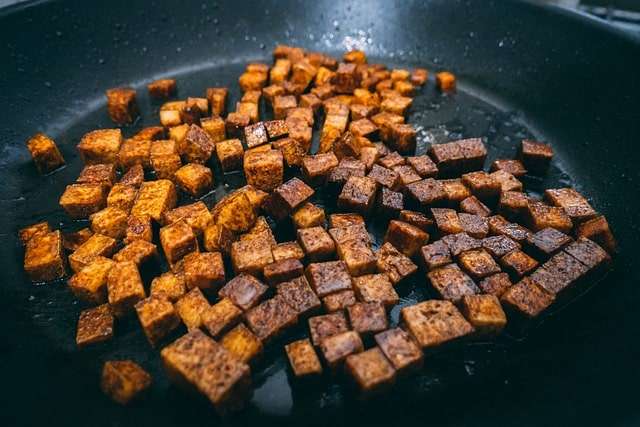
Cooking techniques, secrets, and tips from the kitchen
- Have you ever been let down by a broth that lacked flavour? If you add some soy sauce to your soups and stews, you’ll never have to worry about them being boring again. The sauce adds depth to soup and brings out its natural flavours when used as a seasoning. The ingredient’s richness and complexity make it a natural complement to hearty stews and braises made with meat.
- Enhances the natural sweetness and freshness of vegetables with a rich, savory flavor. Simply adding a few drops of soy sauce to a vinaigrette and using it as a salad dressing may greatly enhance the depth and complexity of flavor in even the most basic green salad. Vegetables tossed with soy sauce, seasonings, and oil before roasting will brown more evenly and provide an umami boost similar to that of meat. If you want to add an extra layer of flavor to your caramelized onions, try deglazing the pan with some sauce.
- As a quick and simple marinade for meat, soy sauce is an essential component. Soy sauce is a versatile marinade that enhances the flavor of a wide variety of meats, from beef steaks and pork chops to chicken breasts and salmon fillets. The sauce may be used alone as a marinade, or it can be combined with additional flavors like garlic, fresh herbs, apple cider vinegar, or citrus zest. Marinating the beef in this sauce for any longer than half an hour is not recommended. Meat that has been marinated for too long may taste salty. To avoid splattering and sticking when sautéing or searing, pat the meat dry beforehand.
- Soy sauce enhances the flavor of butter the same way butter enhances the flavor of everything else. The combination of soy sauce and melted butter produces a savory, umami-flavored spread that may be drizzled over vegetables, meats resting in sauce, or grains. This butter may be used in an infinite number of ways, from adding an additional layer of flavor to simple dishes like rice and noodles to using it as a sautéing medium.
- Adding a little soy sauce to your gravy is a simple way to boost its flavor. To enhance the flavor of your gravy, just add a little soy sauce at first, then adjust the flavor as desired.
- While soy sauce is most often associated with Asian noodle meals, it may be used to enhance the flavor of any spaghetti sauce. For instance, the inherent umami flavor of tomatoes and meat may be enhanced by adding a touch of soy sauce to a Bolognese. By boosting the nuttiness and creaminess, soy sauce is a great addition to traditional white sauces like béchamel.
- Naturally, soy sauce is delicious when used as a standalone dipping sauce. But if you add some fresh ginger, rice wine, and scallions to the soy sauce, you have the makings of a very spectacular sauce. Make your dipping sauce ahead of time to allow the flavors to combine. If there is any dipping sauce left over, it can keep for many days in the fridge if sealed properly.
- Take advantage of the Asian origins of soy sauce by blending it with miso to create a delicious Japanese-style coating. Miso, another classic Japanese condiment, is made from fermented soybeans and adds a rich, salty, and savory note to food. Create a sticky glaze for coating fish, tofu, veggies, and most meats by combining miso paste, soy sauce, and a little honey.

The history of soy sauce from the beginning until today
- About 2,200 years ago, during the Western Han dynasty of ancient China, soy sauce was developed into its modern form. Since then, it has spread around the globe as a condiment and as an essential part of the cuisines of East and Southeast Asia.
- The sauce has been around nearly as long as soy paste, a fermented paste made from soybeans, which was first mentioned on bamboo slips unearthed at the archaeological site Mawangdui during the Western Han era (206 BC–220 AD).
- In 1254, the zen priest Kakushin (1207–1298) brought back to Japan a recipe for Kinzanji miso, a kind of miso prepared by fermentation with summer vegetables, marking the beginning of soy sauce production in Japan. In Yuasa, where the Kakushin technique of preparation was first put into practice, a variant of Kinzanji miso was developed and is now widely consumed.
- By 1737, fermented soybeans had become a marketable commodity. About 75 containers of shyu were sent from Japan to the Indonesian island of Java, with the remaining 36 barrels destined for the Netherlands.
- In the nineteenth century, shyu lost popularity in Europe. A new variation, with its roots in the Chinese original, developed. A unique component called koji is used in Asian soy sauce. Koji is a kind of brewing fungus. However, European producers left out koji from their recipes since they didn’t understand its significance to the fermentation process. This made it impossible for Europeans to duplicate their soy sauce. Many 18th-century recipes, however, recommended portobello mushrooms as a good substitute for koji.
- Swedish sauce was originally flavored with mace and allspice, but eventually they joined the trend. And at some point in history, Worcestershire sauce was created. Many attempts to reproduce soy sauce are said to have resulted in Worcestershire sauce.
- Chinese immigrant Wing Nien of California is credited with developing the first American Chinese soy sauce mix. The sauce saw a sudden boom in production, as you would expect. Prior to WWII, almost a million gallons of soy sauce were manufactured in the United States. Every year, Chinese immigrants brought in double that amount.
- Asiatic countries like the Philippines and Thailand now have their own soy sauce industries. The Filipino version of soy sauce, known as toyo in the Philippines, is a staple in Filipino cooking. It’s thinner than shoyu and has a higher salt content. As a result, it works well as a spice or condiment. The use of soy sauce in Thai cooking is also crucial.

